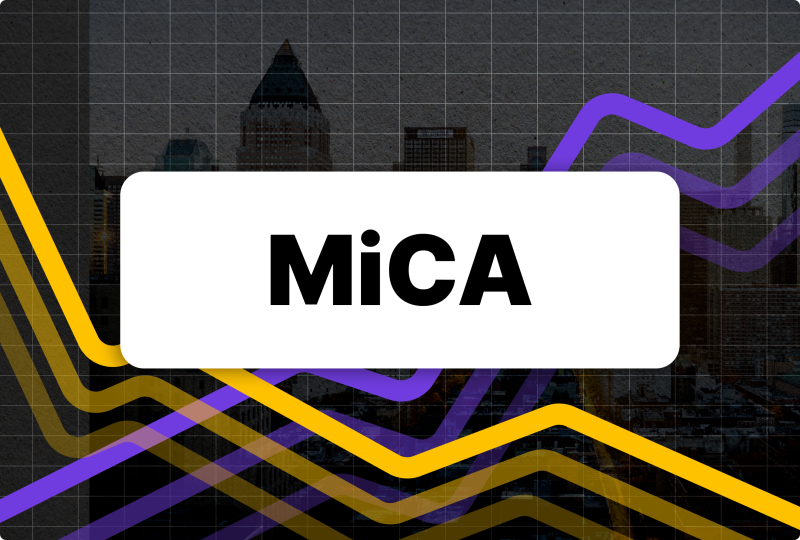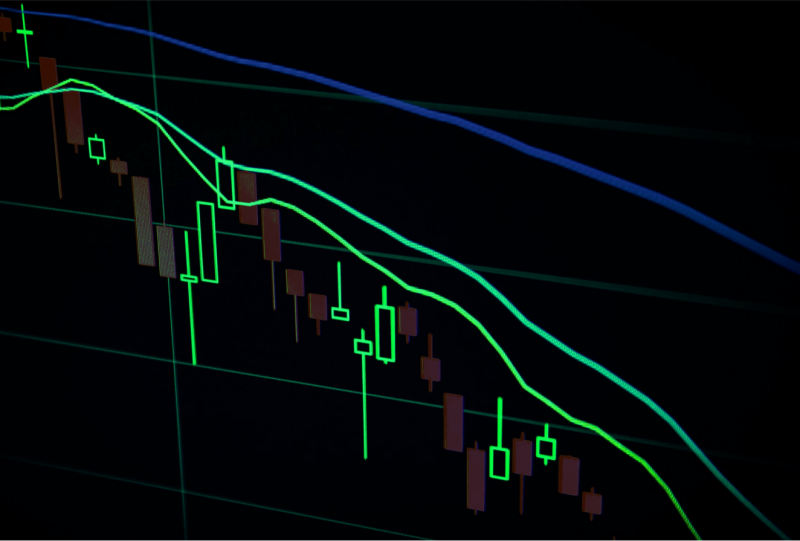MiCA Regulation Surprises Critics, Strengthens Europe’s Crypto Framework
July 17, 2025

When the Markets in Crypto-Assets (MiCA) regulation came into force across the EU—staged in two phases, with stablecoins in June 2024 and crypto-asset service providers in December 2024—critics warned that it would stifle innovation and drive out exchanges. However, six months in, that theory is being turned on its head.
A Market Reborn Through Regulation
According to Cointelegraph, MiCA regulation “has shirked critics’ expectations that it would ‘destroy’ the European crypto industry”. Instead, it’s prompting a market-wide restructuring. Smaller players, unable or unwilling to meet the elevated compliance costs, are bowing out, creating space for more experienced, well-capitalised firms.
Circle’s Chief Strategy Officer, Dante Disparte, and EU Policy Director, Patrick Hansen, highlighted that exchanges viewing MiCA compliance as mere “regulatory theatre” are exiting the market.
Their departure, surprisingly, is exactly what many in the industry see as a blessing: the consolidation of the market around credible, responsible actors, as reported by Cointelegraph.
A Level Playing Field Amid Higher Standards
The MiCA regulation places crypto exchanges on par with traditional financial institutions. Firms now face rigorous standards comparable to those banks must meet, covering anti-money laundering rules, capital adequacy, transparency, custody safeguards, and reporting obligations.
This parity boosts trust among institutional investors, allowing pensions, family offices, and hedging operations to enter the space more readily.
Bybit CEO Ben Zhou told Cointelegraph that MiCA licensing simplifies onboarding, allowing clients to deposit and withdraw funds directly from their bank accounts. A fast-growing institutional cohort is also noticing—Cointelegraph reports a 70% increase in Q1 2025 trading volumes from EU-based institutions after the MiCA regulation implementation.
Stablecoin Clarity Sparks Demand
MiCA’s rules on stablecoins mandate full 1:1 reserves, segregation of assets, external audits, and clear redemption rights—akin to e-money regulations. The effect? Non-compliant tokens are being delisted, and user demand is shifting towards rigorously piece-of-mind-oriented, MiCA-aligned offerings.
This creates a springboard for European stablecoin issuers to claim market share. With fewer options available in the wild, compliance becomes a distinct advantage—especially as local regulators and banking infrastructure converge around regulated euro-pegged tokens.
Passporting Spurs Expansion
A single license in one EU member state now grants access to all 30 nations in the European Economic Area, thanks to MiCA’s passporting mechanism.
OKX, Coinbase, Bybit, Crypto.com, and Bitpanda have all activated MiCA licenses and begun regional expansion efforts. This trend positions Europe ahead of the U.S., where comprehensive crypto regulation remains pending.
Facing Challenges Ahead
Compliance is not without cost. Exchanges report significant investments in internal controls, IT infrastructure, and staff training to comply with MiCA’s governance, AML, and transparency standards—and for smaller firms, such burdens may prove untenable.
Fragmented guidance from national authorities and nascent regulatory interpretations—such as those from ESMA and local regulators—are still emerging.
For example, recent ESMA reviews of Malta’s licensing process cited an uneven application of due diligence, suggesting that stronger supervisory coordination across member states is critical, according to Reuters.
Long-Term Benefits for Investors
For European crypto users, the MiCA regulation brings a higher level of protection. Enhanced banking integration, transparent fee structures, redemption guarantees, and dispute resolution mechanisms are industry-wide byproducts of the new regime.
While early implementation may cause friction—such as fewer token choices and increased KYC burdens—the promise of a safer, more reliable environment may well encourage long-term participation from retail and institutional players alike.
Conclusion
Far from being the dread MiCA was once feared to be, evidence now shows it’s stabilising and maturing the EU crypto market. By upholding high standards, facilitating passporting, and curbing risky practices, MiCA regulation is shaping Europe into a crypto hub marked by credibility—potentially the first global benchmark.




